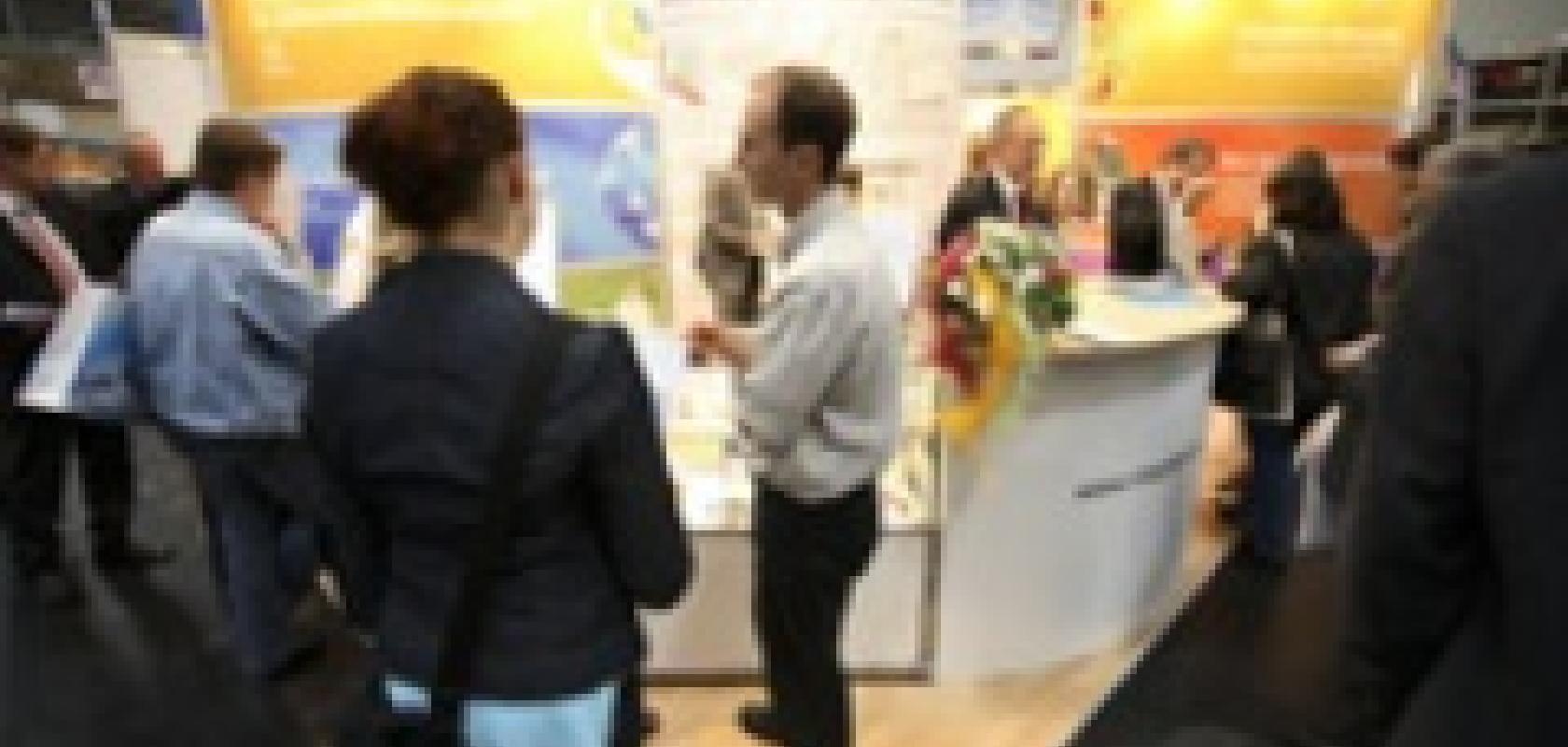Analytica 2008 promises to be the ‘world’s largest trade show for solutions in the analysis, laboratory- technology and life-science sectors’, according to its organisers. But aside from the new-fangled lab kit on display, what will the event bring for scientific computing buffs?
The show will be split into three concepts – exhibitions, which promise to showcase the latest vendor wares to visitors, a related-events program, which will include special shows, forums and a job centre and, finally, the analytica Conference, which will bring together the white lab-coated boffins and the white collar business brains in the New Munich Trade Fair Centre, Germany.
Around 1,000 exhibitors and 30,000 visitors are expected to turn up to the event, from informatics heavy weights such as Starlims and Thermo Fisher Scientific to Blighty’s home-grown talent such as Bio-Rad Laboratories.
Some companies have released sneak previews of their offerings at the 21st analytica event, which will take place between 1 and 4 April 2008. Bruker Daltonik will demonstrate its Compass OpenAccess software, which is an automated chemical formula generation system, and ProfileAnalysis 2.0, which is a software for profiling and statistical evaluation of LC/MS data sets.
Copley Scientific will exhibit CITDASv3 (Copley Inhaler Testing Data Analysis Software), for the first time outside of the UK, which is used for the analysis of cascade impaction data and Global FIA will showcase its FloZF software package for device control, data acquisition and data manipulation.
Cerno Bioscience will be showcasing MassWorks sCLIPS (self Calibrated Lineshape Isotope Profile Search), which is the latest addition to its Massworks mass spectrometry software portfolio.
And AAC Infotray will be running live demos of its Limsophy software, which it claims is an integrated solution for labs using both LIMS and ELN. The Limsophy suite lets users load and use all LIMS samples and ELN experiment reports together and has been named as Product of the Week by analytica.
The S.Core web-based system for automatic image analysis of cell-based assays will be exhibited by S.Co Lifescience, which is an online image analysis system which does not require any specialised hardware or software installations – just a PC and an internet connection – to work.
Thermo Fisher Scientific’s stand will feature new additions to its LIMS and CDS portfolio, including the European debut of its Darwin 3.0 LIMS and SampleManager 9.2. Visitors to the booth will also get to see Thermo’s next-generation CDS, which integrates with LIMS and other data management systems to control LC/GC instruments and modules from numerous vendors in a manner that enables compliance with FDA regulations, including 21 CFR Part 11.
Other informatics-based offerings to be exhibited include DataApex’s Clarity chromatography software; IR and Raman spectrum interpretation software and an enhanced chemometrics module for PLS and MLR calibration from LabCognition; S.T. Japan-Europe’s spectra collection and interpretation software 5.000 ATR-FTIR & 1.100 Raman Spectra; MVA 2.1 validation software of analytical methods by Novia; spectral databases and software from Bio-Rad; LabWare's LIMS and LISA the lims, which is a LIMS with a modular structure.
The exhibition’s related-events program will feature throughout the three-day event and revolve around the analytica Forum, which is a platform where exhibitors can present new applications, products and their companies. And a number of business events organised by and featuring German and international trade associations and institutions are also planned within the related-event program.
The accompanying analytica Conference will see 27 symposium discussions from scientists around the world, examining the latest trends in analysis, diagnostics, molecular biology and biochemistry.
The conference’s presentations will revolve around the practical applications for these new techniques, which range from water and environmental analysis to aspects such as forensics, doping and food inspections.
The 27 symposia, each with between two and six lectures, will cover topics including consumer protection and the latest trends in environmental and water analysis, food analysis, forensics and – to go with the year of the Olympics – the topic of doping. The latest challenges when developing analysis methods is the focus of interest in the industrial sector – focal points include nanotechnology, the use of optical sensors in production and analysis combined with material research and surface technologies.
Many lectures at the 2008 analytica Conference will deal with the latest findings and developments in biochemistry and bioanalysis. Among other things, panel topics will include cell biology, proteomics, bioinformatics and DNA-array and protein-micorarray technologies.


